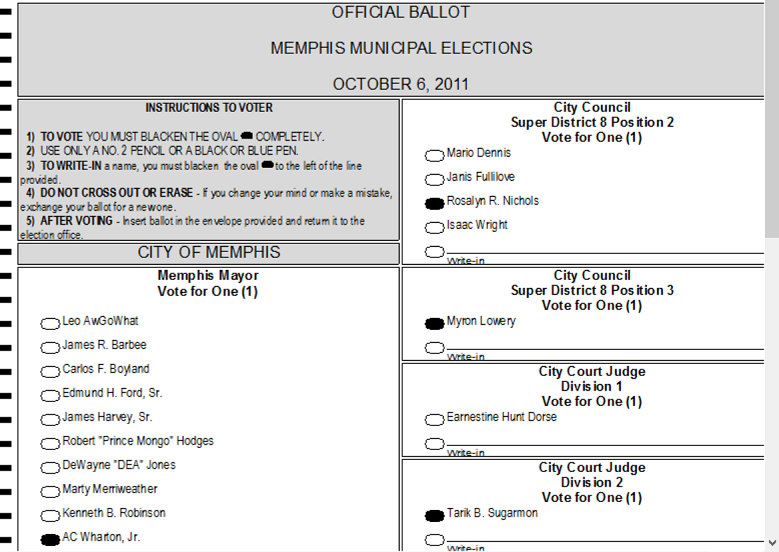
This is already available in most systems. Laws are already on the books to authorize you to do this. It costs almost nothing and enables almost everyone to authenticate computerized voting system results. All that remains is cooperation (or court-ordered coercion) of public officials to force them to honor your rights.
It is a one-two punch which makes it very difficult to tamper with results without detection – no matter who administers the system, what vendors they use, or who gets their hands on the computer code. If you do this, it won’t matter if it’s the Russians or some local good ol’ boy sticking hands into the system, because you can catch them.
There is a word we use in popular culture today: Crowd sourcing.
What this does is crowd-source the authentication of the vote, in effect letting any and all persons verify ALL the votes, and if they want, anyone can do their own full recount of any or all races. And it is virtually free.
TWO PARTS PLUS A NECESSARY LINK-UP
- Ballot images – Modern voting systems, and even the touch-screens, even if they are paperless, capture an individual image of each vote. Paper ballots are by far the best, because they are needed for part 2. Think of it like this: As ballots go through the scanner, it takes a photo of each and stores it as an electronic file. (Electronic voting systems self-populate a template, which isn’t as good but still somewhat helpful). These are called “ballot images” and are simply electronic files, like PDF or TIFF or JPG or PNG files. Under freedom of information law, it is your right to get copies of these electronic files. They are (or should be!) anonymous and do not identify voter.
- Right to examine actual ballots – After downloading the whole set of ballot images — in essence, your own copy of every ballot — you still need the ability to verify that these electronic images have not been changed. Here’s how that works: A linkage between ballot and ballot image should exist, in the form of a serial number. Not a fancy QR code which can contain hidden identifiers leading back to the voter ID of who cast the ballot. Just a simple unique number, like 10548626. This number appears on both ballot and ballot image. If you want to check whether ballot images are real, you simply examine the actual ballots using your Freedom of Information rights, comparing to make sure the image matches the original.
Ballot images are available right now in most voting machines. Paper ballots exist in most locations now. Freedom of Information rights exist in every state and apply to “any person” or, in a few states like Pennsylvania, Virginia and Tennessee, to any resident of the state.
BALLOT IMAGES DID NOT SUCCUMB TO FRACTION MAGIC
In our testing, the ballot images remained intact when we changed results with Fraction Magic. (Fraction Magic: See series of articles at this Web site and short video: http://blackboxvoting.org/fraction-magic-video/ ) Because ballot images are somewhat resistant to central tabulator manipulations, they are quite important. If you find local officials deleting the ballot images, disabling the feature, refusing to let anyone see them, or any other obstructive behavior, document it. This is essentially blocking a built-in audit trail that, according to vendor notes, was originally intended to help the public validate the count.
HOW TO ASK FOR COPY OF BALLOT IMAGES
Public records requests, or Freedom of Information requests, are submitted to the custodian of the records, which in this case is usually the county election office. Along with right to obtain copies of government records is right to inspect government records. Typically the law requires that right to inspect be honored right then and there. In other words, it is theoretically possible for you to ask to inspect the ballot images, or ballots, at the time you ask to do so. Asking for copies sometimes produces a time delay that in elections is often used to “run out the clock” — delaying your ability to get the documents until after recount and contest periods have expired.
WHERE ARE THE BALLOT IMAGES?
It depends on the make and model.


